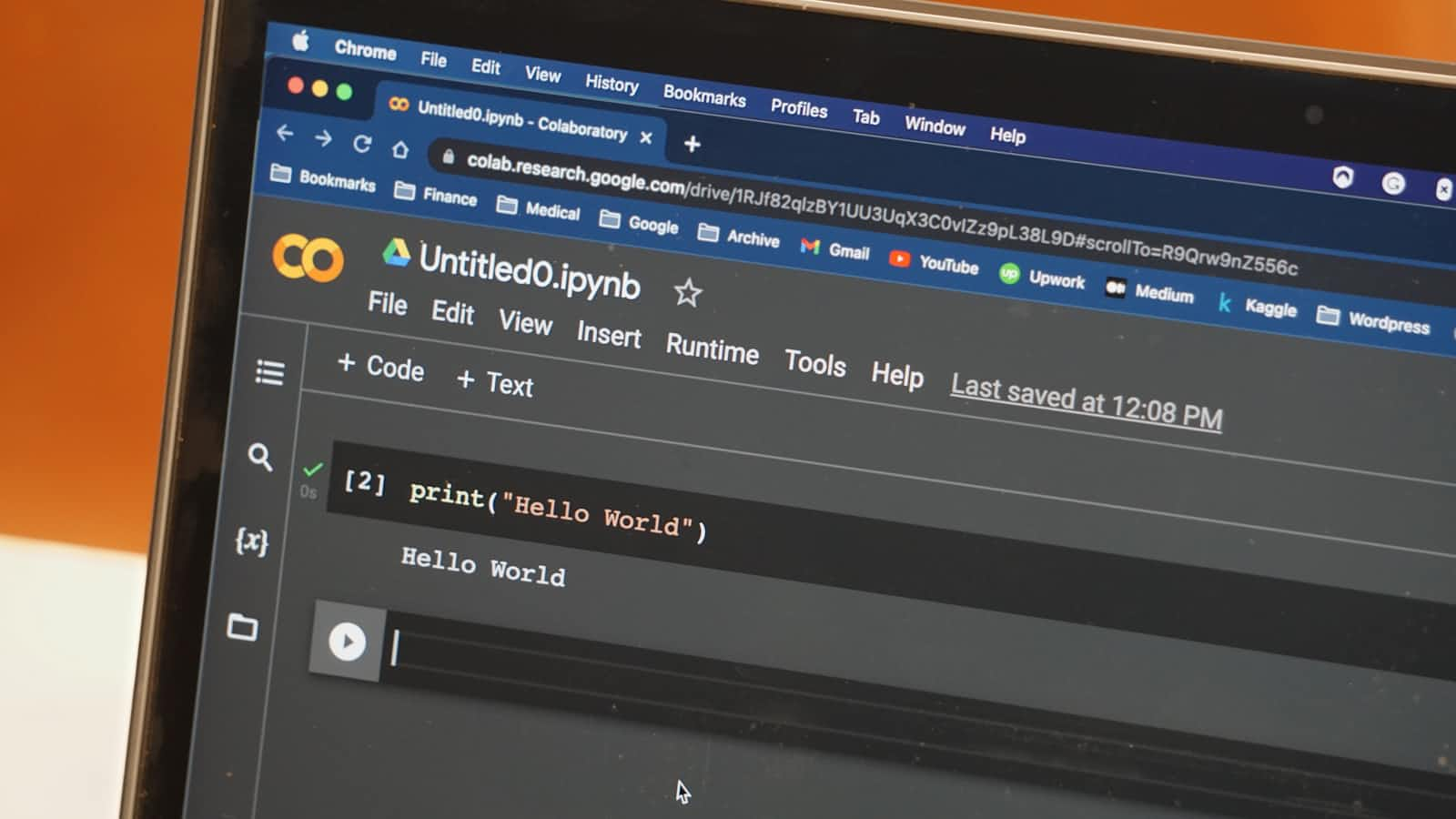From Zero to Hero: A Beginner's Guide to Python Web Development with Flask and Django
 Arnab Kabasi
Arnab Kabasi
Web development has become an essential skill in today’s tech-driven world, and Python is one of the most popular programming languages for building web applications. Its simplicity, flexibility, and vast ecosystem of libraries make it a go-to choice for beginners and professionals alike. Among Python’s web frameworks, Flask and Django stand out as powerful tools for creating everything from simple websites to complex web applications. If you're new to Python web development, this guide will help you go from zero to hero by understanding these frameworks and how to get started with them.
Why Python for Web Development?
Python’s readability and ease of learning make it ideal for beginners. It also boasts a rich set of libraries and frameworks that simplify web development. Whether you're building a portfolio site or a scalable e-commerce platform, Python has the tools you need.
Two standout web frameworks in Python are Flask and Django. While both are excellent for web development, they cater to different needs and levels of expertise.
Flask: Flexibility for Beginners
Flask is a lightweight, minimalist framework that gives developers control and flexibility. It’s often referred to as a “microframework” because it doesn’t include built-in features like authentication or database management. Instead, you can add only the tools you need, making it great for smaller projects or those who want to learn web development from the ground up.
Key Features of Flask:
Minimalist structure, perfect for learning.
Extensible with third-party libraries.
Ideal for building simple web applications or APIs.
Getting Started with Flask:
Flask is beginner-friendly. Start by installing it via pip, setting up a virtual environment, and creating a simple web server. You can then add features like templates and routing to make your application more dynamic.
Django: All-in-One Framework for Rapid Development
If Flask is like assembling your toolkit piece by piece, Django is the pre-assembled Swiss Army knife. It’s a full-stack framework that comes with built-in features like authentication, database management, and an admin panel. Django follows the "batteries included" philosophy, making it ideal for larger projects where you need scalability and robust functionality.
Key Features of Django:
Built-in authentication and admin panel.
Integrated ORM (Object-Relational Mapper) for managing databases.
Scalable, secure, and highly customizable.
Getting Started with Django:
With Django, you can quickly build a fully functional web application by following its structured guidelines. The framework's built-in tools let you create models, views, and templates without needing extensive coding.
Flask or Django: Which Should You Choose?
For Beginners and Small Projects:
Flask is the better choice if you're starting out or working on small, straightforward projects. It allows you to understand the basics of web development without overwhelming you with complexity.For Large, Feature-Rich Applications:
Django shines when your project requires more built-in functionality or scalability. It handles complexity for you, allowing you to focus on building the application rather than the infrastructure.
Your Path from Zero to Hero
Learn Python Basics: Before diving into web frameworks, ensure you have a solid foundation in Python. Understand concepts like data types, loops, and functions.
Pick a Framework: Start with Flask if you’re a complete beginner. Once you’re comfortable, explore Django to learn how larger applications are built.
Build Simple Projects: Practice is key. Start with a basic Flask app, like a to-do list, and move on to Django to create a blog or e-commerce site.
Learn Frontend Basics: While Flask and Django handle the backend, understanding HTML, CSS, and JavaScript will help you create polished applications.
Explore Advanced Topics: As you grow, dive into database management, API development, and deploying your apps using tools like Docker or cloud platforms.
Conclusion
Flask and Django offer powerful tools for Python web development, catering to beginners and advanced developers alike. By starting small with Flask and gradually moving to Django, you’ll gain a comprehensive understanding of web development, equipping you to tackle projects of any size.
With consistent practice and a curiosity to learn, you can go from zero to hero in Python web development. Whether you’re building your first website or launching a sophisticated application, the journey starts with taking the first step—and Python has everything you need to succeed.
For more information visit IEM Labs.
Subscribe to my newsletter
Read articles from Arnab Kabasi directly inside your inbox. Subscribe to the newsletter, and don't miss out.
Written by
